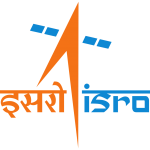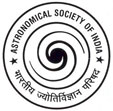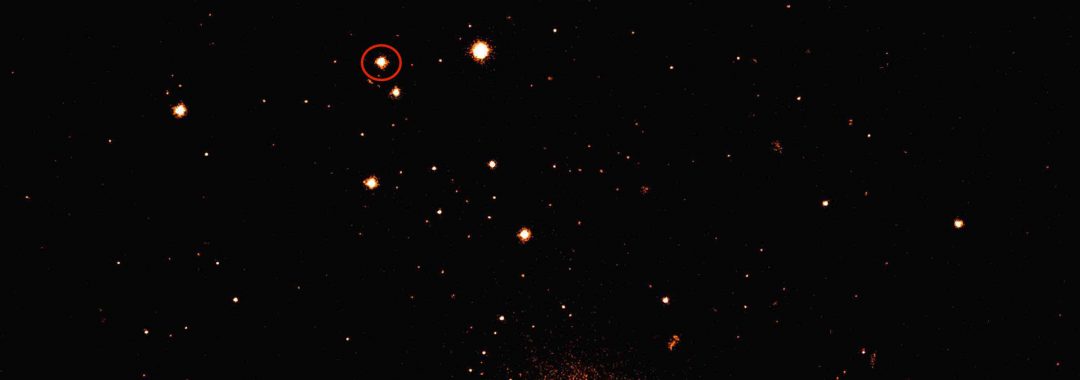July 2019:
The AstroSat Picture of the Month for July 2019 is the Far UltraViolet image of the open cluster M67, showing its hotter younger stars. The BSS-White Dwarf pais, WOCS1007, is circled in red.
(Picture Credits: N. Sindhu and collaborators)


“AstroSat Picture of the Month” is an initiative of the Public Outreach and Education Committee of the Astronomical Society of India and the AstroSat Training and Outreach Team.
A star feasts on its companion in the King Cobra Cluster
This month, we bring you the ultraviolet image of M67 or the King Cobra cluster which is an open cluster of stars. Located roughly 2800 light years away in the constellation of Cancer, M67 is one of the oldest star clusters that we know of, and is about the same age as our Sun (about 4.5 billion years). Given its closeness to us, it is one of the best studied clusters as well. It has around 500 stars at present, with many of them being very similar to our Sun in their properties. As can be guessed from its membership in the Messier Catalogue, it can be seen visually using a small telescope.
We had talked a lot about a class of stars called Blue Straggler Stars in a previous APOM. These appear bluer than the rest of the stars in the cluster, and hence masquerade as being younger than these other stars. We think of stars as huge balls of gas living a solitary life. However, this puzzle of the apparent youth of BSS was resolved by astronomers when they realized that the evolution of these stars was intricately linked with a companion star. These Blue Stragglers get rejuvenated by either merging with another star or, more commonly, swallowing up most of the matter of its companion. This unfortunate companion, having lost most of its matter, usually evolves into a small hot White Dwarf. Such BSS-White Dwarf pairs have now be detected in a few clusters. Here the authors report the first detection of such a BSS-white dwarf pair, where the white dwarf is of a rare type.
M67 is known to host 14 Blue Straggler Stars. Astronomers knew that one of them, WOCS1007, has a low mass companion, due to its gravitational effect on the motion of the BSS. By using the ultraviolet brightness measurements of this star in the AstroSat image, a team of astronomers led by N. Sindhu were able to confirm that this companion to the BSS is indeed a White Dwarf that had donated a large part of its mass to the BSS in the past. By combining AstroSat data with those from other telescopes, they modelled how the brightness of the star changes from ultraviolet to visible to infrared wavelengths. They noticed that the star is excessively bright in ultraviolet, which had to be due to a low mass White Dwarf, which is about 20% the mass of our Sun, and about 10% its size, but as hot as 13500 degrees. Stars like our Sun end their life as a White Dwarf which are more massive that this. Such low mass White Dwarfs are rare to find, and could have been formed only because a part of their matter has been sucked out by a companion star that is very close to it. This other star, regaining its youth at the expense of our low mass White Dwarf, is the Blue Straggler we see today!
More details of this work can be found in their paper, which has been accepted for publication in the Astrophysical Journal.
Click here for the entire APOM archive.
More about ASTROSAT
AstroSat, India's first dedicated multi-wavelength space observatory, was launched by ISRO on 28 September, 2015. It has five instruments on board – the Ultra Violet Imaging Telescope, the Soft X-ray Telescope, the Large Area X-ray Proportional Counter, the Cadmium-Zinc-Telluride Imager and the Scanning Sky Monitor.
Get answers to your common queries about ASTROSAT in English, in हिंदी, and in मराठी.

